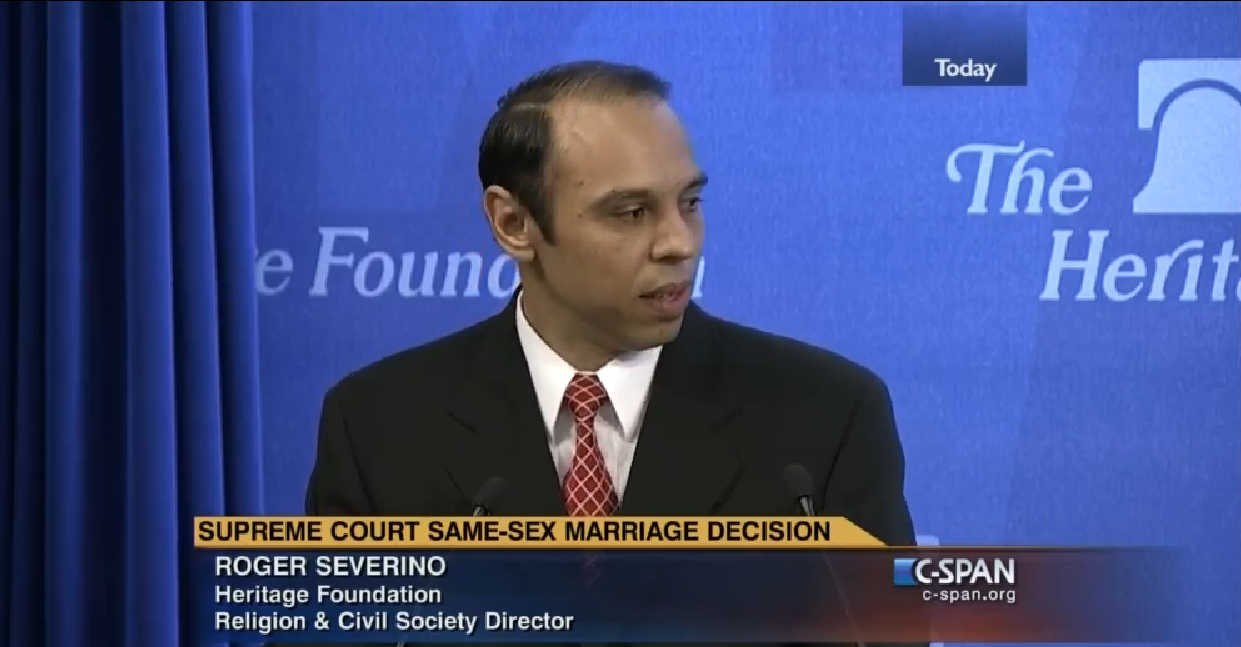Abortion rights, women of color, and LGBTQIA+ people are under attack. Pledge to join us in fighting for gender justice.
How Short-Term Limited Duration Insurance Plans Being Pushed by the Trump Administration Shortchange Women

Last week, the Administration issued a proposed rule that would make it easier for insurance companies to sell short-term limited duration insurance plans (or STLDI). These plans are designed to fill temporary gaps in coverage, such as when someone is between jobs, and they are not required to comply with the Affordable Care Act’s (ACA’s) consumer protections. This means they don’t have to cover the essential health benefits—including prescription drugs, maternity coverage, mental health coverage—can charge women more than men, deny coverage to individuals with pre-existing conditions, and exclude coverage of women’s preventive services, among other things.
The goal of the rule is to not to expand coverage options in order to help consumers, but actually to undermine the Affordable Care Act. This proposed rule follows a fall executive order that directs federal agencies to essentially find ways to undermine the ACA and take healthy people out of the ACA’s individual health care marketplaces.
The proposed rule does that by expanding the availability of STLDI plans – which are generally cheaper than plans offered in the ACA marketplaces – so that more healthy individuals will be lured out of the ACA’s marketplaces. This will leave individuals who need robust health coverage—including those with chronic conditions and those who rely on the ACA’s consumer protections and guarantee of coverage that meets their needs—left alone in the marketplaces, which will drive up their health coverage costs. This will be particularly harmful for women with pre-existing conditions, who may be left unable to afford quality health care coverage. The proposed rule even acknowledges this—noting that allowing individuals to purchase STLDI plans that do not comply with the ACA “could potentially weaken states’ individual market single risk pools.” And that is exactly the Trump Administration’s goal— to accomplish via executive action what congressional opponents of the ACA in Congress could not do—totally undermine the ACA.
The Trump Administration is presenting STLDI plans as actual health care coverage comparable to ACA market plans—but beware—these plans don’t provide real health coverage that women need.
In particular, STLDI plans shortchange women in the following ways:
- They don’t offer robust, comprehensive health benefits that women need —like prescription drug coverage, maternity care, or certain mental health services required by the ACA’s essential health benefits. This leaves women saddled with costs for the health care that they need and should have access to. For example, maternity care can range from $30,000 to over $50,000 for more complicated births—and without adequate coverage, women will be left shouldering these costs.
- They’re not a substitute for robust coverage that will meet long-term health care needs. Don’t be fooled by the Administration’s attempt to extend STLDI plan coverage from a limit of three months to up to a year—It seeks to change a 2016 Obama-era rule that limited the duration of STLDI plan coverage (including renewals) to up to three months—by extending STLDI plan coverage to less than twelve months and allowing individuals to renew their STLDI coverage. But, STLDI plans are not meant to provide long-term coverage and should not be used as substitutes for ACA marketplace plans.
- They permit insurance issuers to discriminate against individuals. Since STLDI plans don’t have to comply with the ACA’s consumer protections they can: charge older individuals more for coverage; impose cost-sharing on enrollees (including for preventive services); and impose annual or lifetime limits on coverage. This kind of discrimination denies individuals—particularly women—access to the health care that they need. And lack of ACA consumer protections means that women could be charged more than men for coverage—a practice known as gender-rating that was prohibited by the ACA. NWLC research found that, pre-ACA, a large number of plans practiced gender rating where it was not prohibited by states—costing women nationwide approximately $1 billion annually—and putting affordable health coverage out of reach for many women—particularly women struggling to make ends meet.
- They jeopardize access to coverage for those with pre-existing conditions. For the approximately 65 million women nationwide with pre-existing conditions, STLDI plans can get away with outright denying coverage or charging more for pre-existing conditions. NWLC research found that, pre-ACA, women were routinely denied coverage for conditions unique to women—like prior pregnancies, having had a cesarean delivery, or even being treated for domestic violence or sexual assault. STLDI plans leave women with pre-existing conditions without coverage altogether or with coverage that does not meet their health needs.
The bottom line is that STLDI plans are bad for women. By seeking to open the door to expand the sale of STLDI plans, the proposed rule is attempting to undermine the ACA and its strong consumer protections that have benefitted women.




